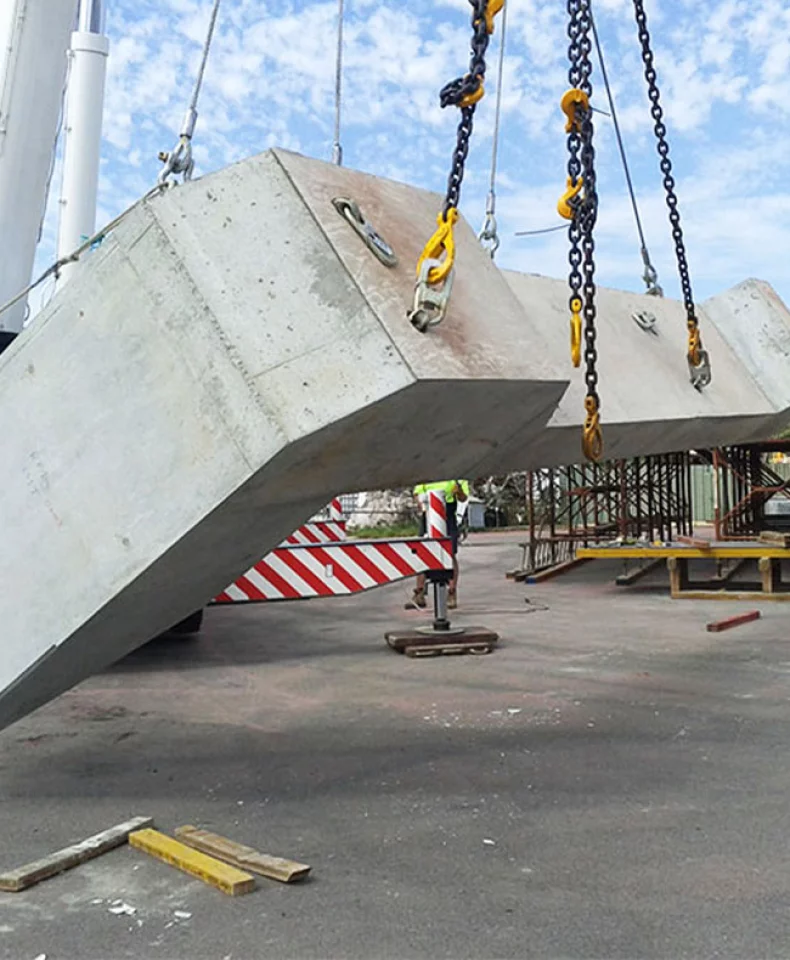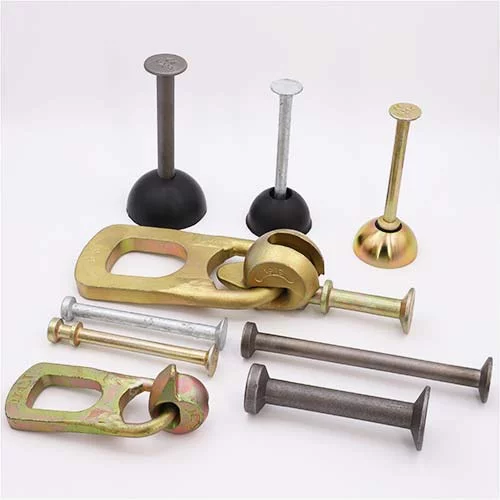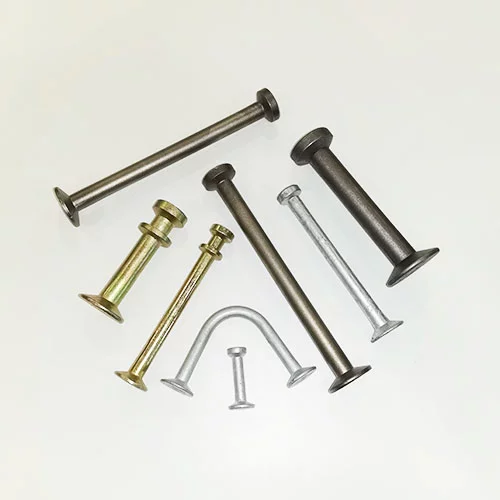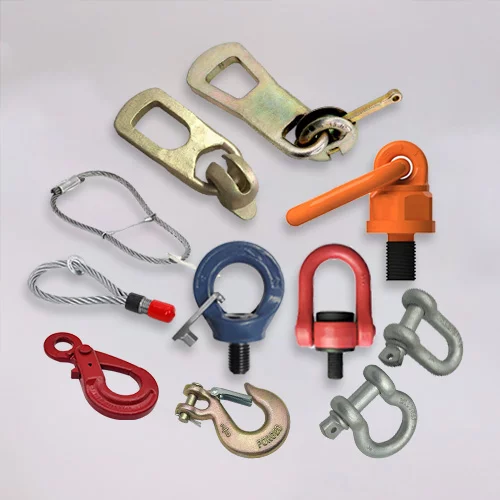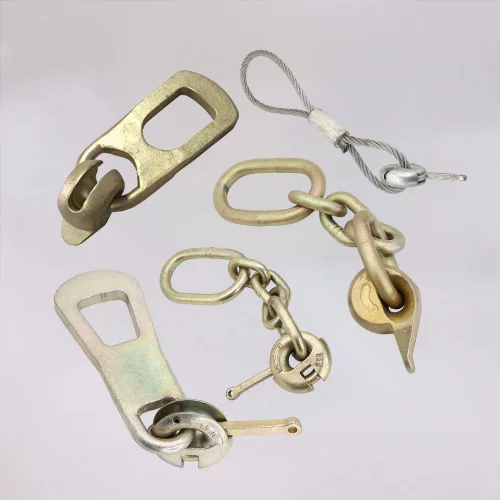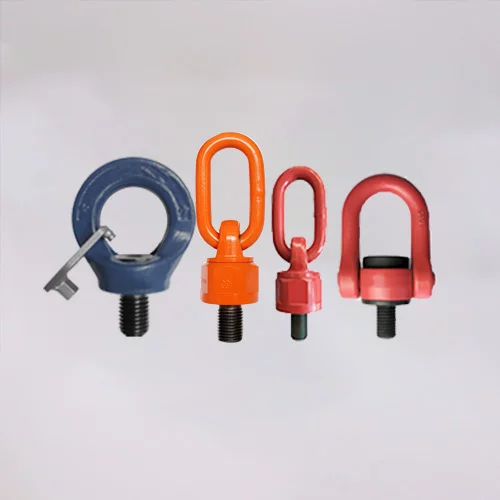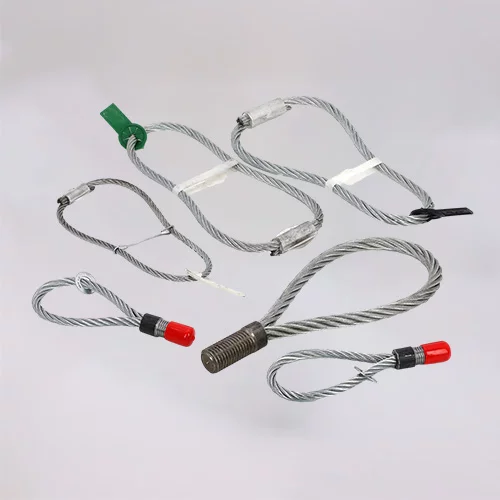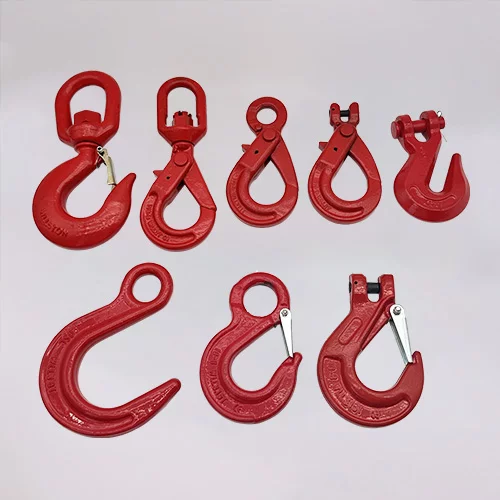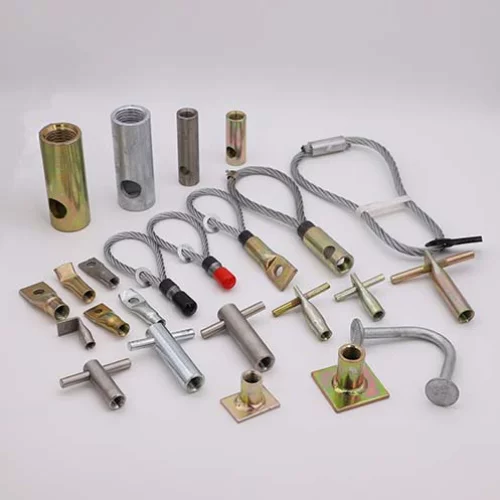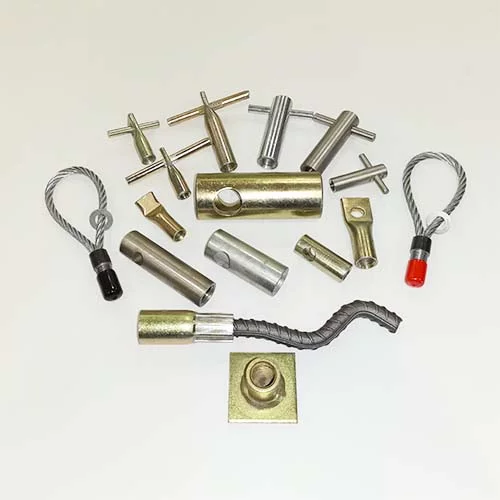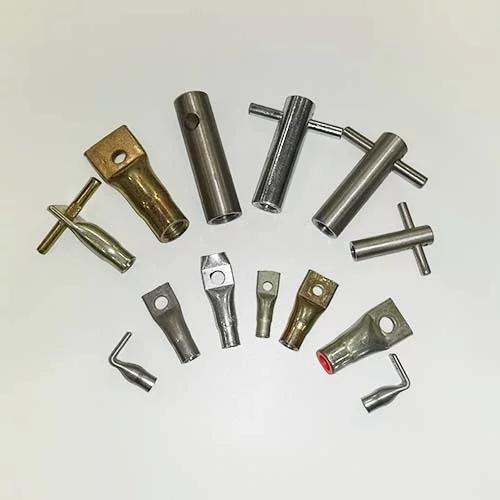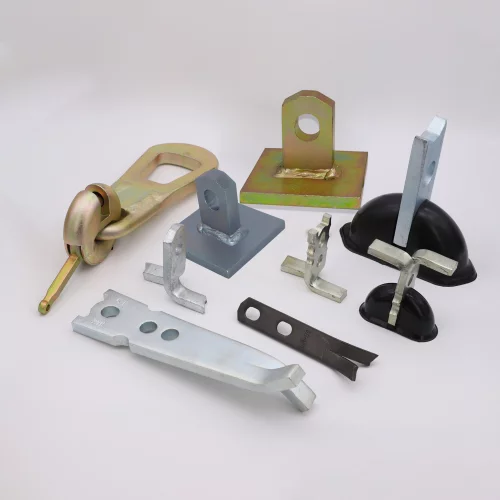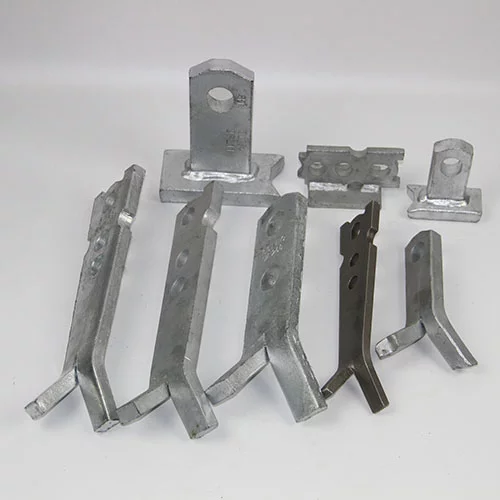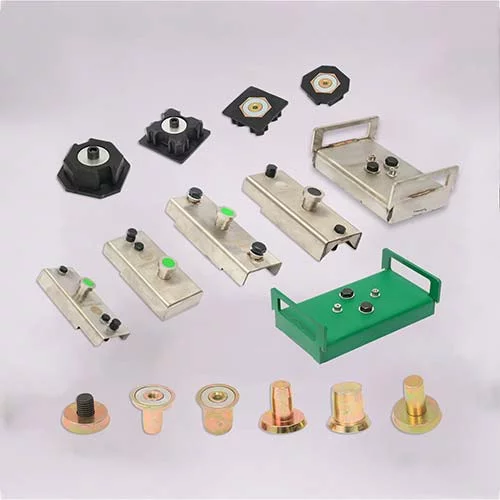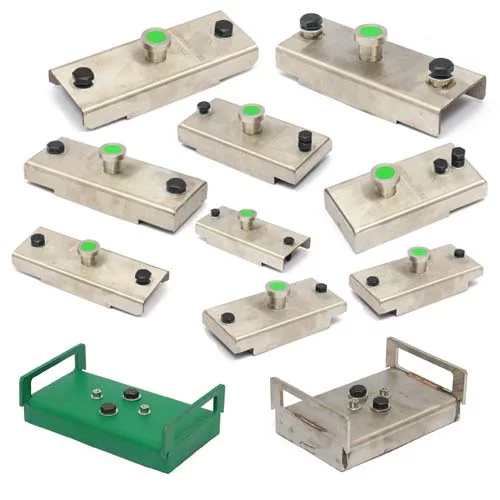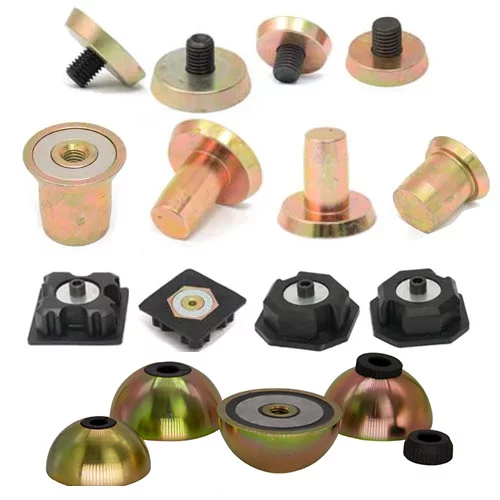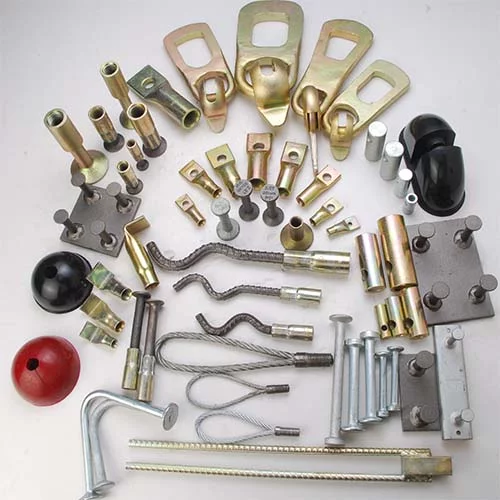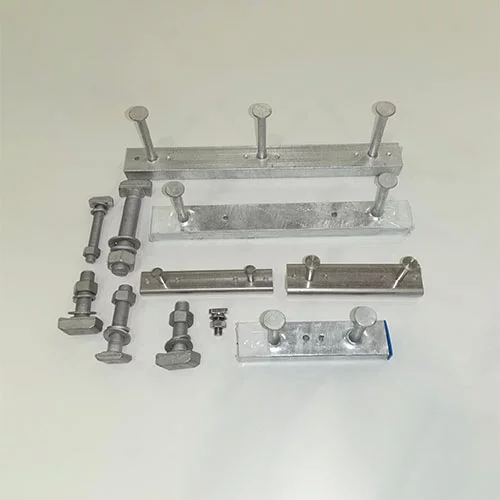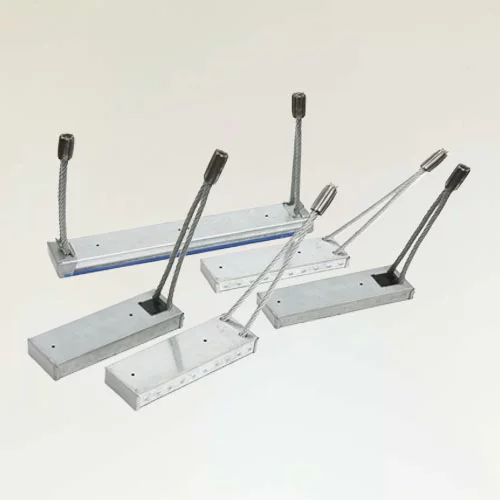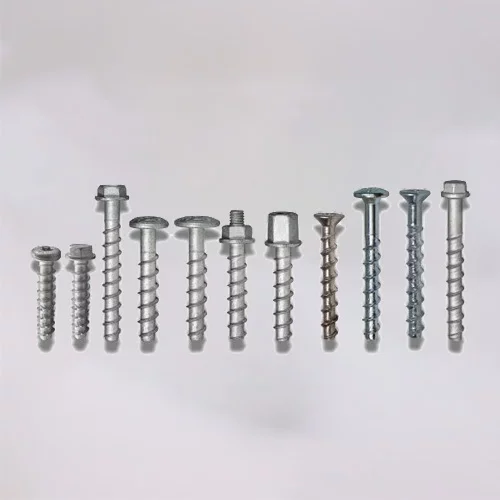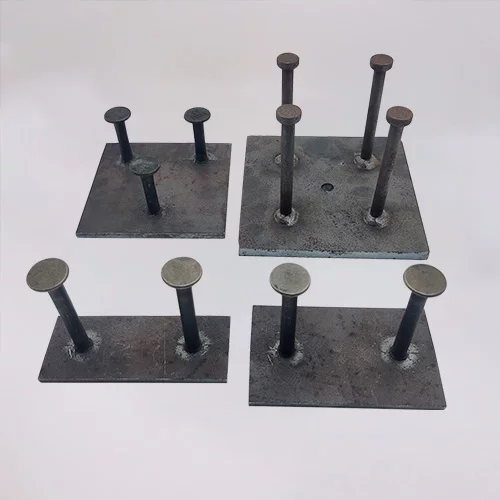Technical requirements for steel bar connection lifting sockets
Article Guidance:
III. Connecting Steel Bar Thread Rolling Machine Parts

Lifting sockets play a crucial role in the construction industry, providing a reliable means for lifting and securing heavy loads. Proper installation and connection of lifting sockets are essential to ensure the structural integrity and safety of the overall construction. In this article, we will explore key guidelines and best practices for the installation of lifting sockets, covering topics such as the preparation of steel bars, the use of torque wrenches, and the correct procedures for connecting steel bar thread rolling machine parts.
I. Steel Bar Preparation
Before cutting the steel bars for lifting sockets, it is imperative to follow a meticulous process to ensure the quality and integrity of the final product.
1. Straightening the Steel Bars
The initial step involves straightening the steel bars before cutting. Any deviation from straightness can compromise the performance and safety of the lifting socket. Careful attention should be given to eliminate any oval or tensile strain in the steel bars.
2. Wound Port Orientation
The wound port, where the steel bar is cut, should be perpendicular to the center line of the steel bar. This ensures precision in the installation process and minimizes the risk of structural instability.
3. Avoiding Oxygen Cutting
Oxygen cutting, a common method for cutting materials, should be avoided in the case of lifting socket steel bars. This technique can introduce undesirable properties to the material, potentially weakening its structural integrity. Alternative cutting methods that preserve the integrity of the steel bars should be employed.
4. Consistency in Specifications
When connecting steel bars, it is imperative that the specifications of the steel bars and the steel bar connecting sleeves are consistent. This consistency ensures that the thread openings of the steel bars and nuts are clean, undamaged, and fully intact, promoting a secure and reliable connection.
II. Torque Wrench Utilization
The proper use of a torque wrench is crucial in achieving the correct tension and securing the joints effectively. Below are key considerations for the utilization of torque wrenches in lifting socket installations.
1. Torque Wrench Accuracy
The torque wrench used for tightening joints must have a high level of accuracy, typically within ±5%. This accuracy is essential for achieving the specified tension in the connections. Regular calibration of the torque wrench is necessary to maintain its precision and reliability.
2. Calibration Frequency
To ensure the torque wrench's accuracy, it is recommended to calibrate it with a torque meter once every six months. Regular calibration not only upholds the tool's precision but also contributes to the overall safety and quality of the lifting socket installations.
3. Tightening Procedures
When tightening joints, it is crucial to follow the prescribed procedures. The steel bar should be screwed into the positioning sleeve along the center line, and the torque wrench should be used to achieve the specified torque value. Under-tightening should be strictly avoided, as it can compromise the integrity of the connection.
4. Joint Positioning
After tightening, the joint should sit precisely on the marked position. This attention to detail is vital to prevent any potential leakage of the steel connecting sleeve, ensuring that the lifting socket operates as intended.
III. Connecting Steel Bar Thread Rolling Machine Parts
Connecting steel bar thread rolling machine parts requires a specific set of procedures to ensure a secure and reliable connection. The following guidelines outline the correct process for connecting these components.
1. Centered Screw-in Procedure
When connecting steel bar thread rolling machine parts, the steel bar should be screwed into the positioning sleeve along the center line. This ensures proper alignment and reduces the risk of misalignment, which can compromise the integrity of the connection.
2. Torque Wrench Tightening
Similar to other lifting socket connections, the use of a torque wrench is essential when connecting steel bar thread rolling machine parts. The tightening value should align with the specified torque value, and the torque wrench should be employed to achieve the desired tension in the joint.
3. Specified Torque Value Compliance
Adhering to the specified torque value during the tightening process is paramount. This value is determined based on the structural requirements and ensures that the connection can withstand the intended load and stress conditions.
4. Prevention of Leakage
After tightening, it is crucial to verify that the joint sits securely on the designated mark. This step is vital for preventing any potential leakage of the steel connecting sleeve, which could compromise the overall integrity of the lifting socket installation.
Proper installation and connection of lifting sockets are critical for the safety and effectiveness of steel structures. Adhering to the best practices outlined in this article, including meticulous steel bar preparation, accurate use of torque wrenches, and precise procedures for connecting steel bar thread rolling machine parts, will contribute to the longevity and reliability of lifting socket installations. By prioritizing these guidelines, construction professionals can ensure that lifting sockets operate seamlessly within the structural framework, meeting the highest standards of safety and performance.
Article Navigation
PRECAST CONCRETE ACCESSORIES
OTHER RELATED ARTICLE
Other Precast Concrete Accessories You Might Want to Know
You can click to learn more about HULK Metal precast concrete accessories such as lifting anchors, precast sockets, spread anchors, shuttering magnets, cast-in channels, wire loop boxes, and other precast concrete accessories you might want to know.
